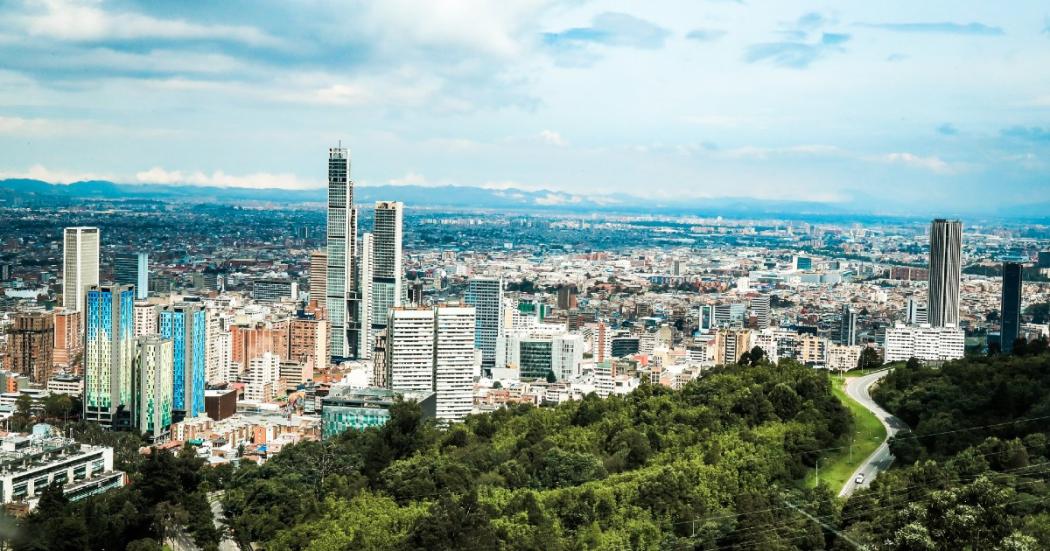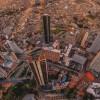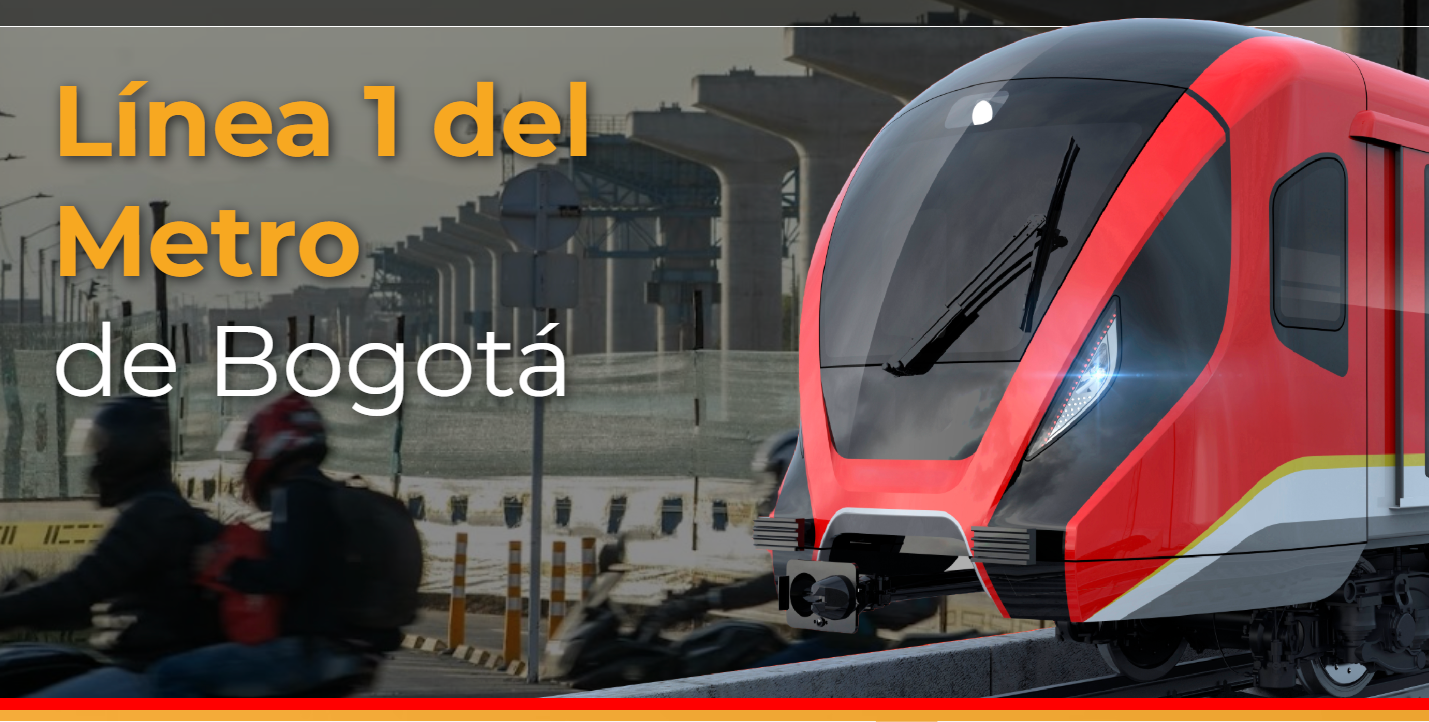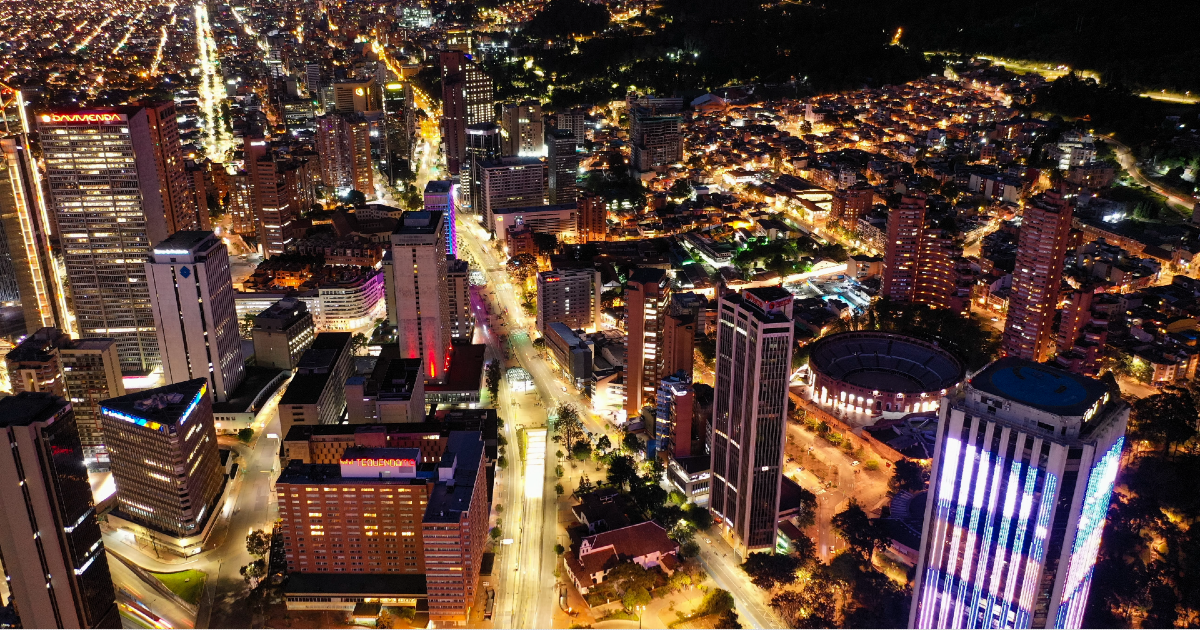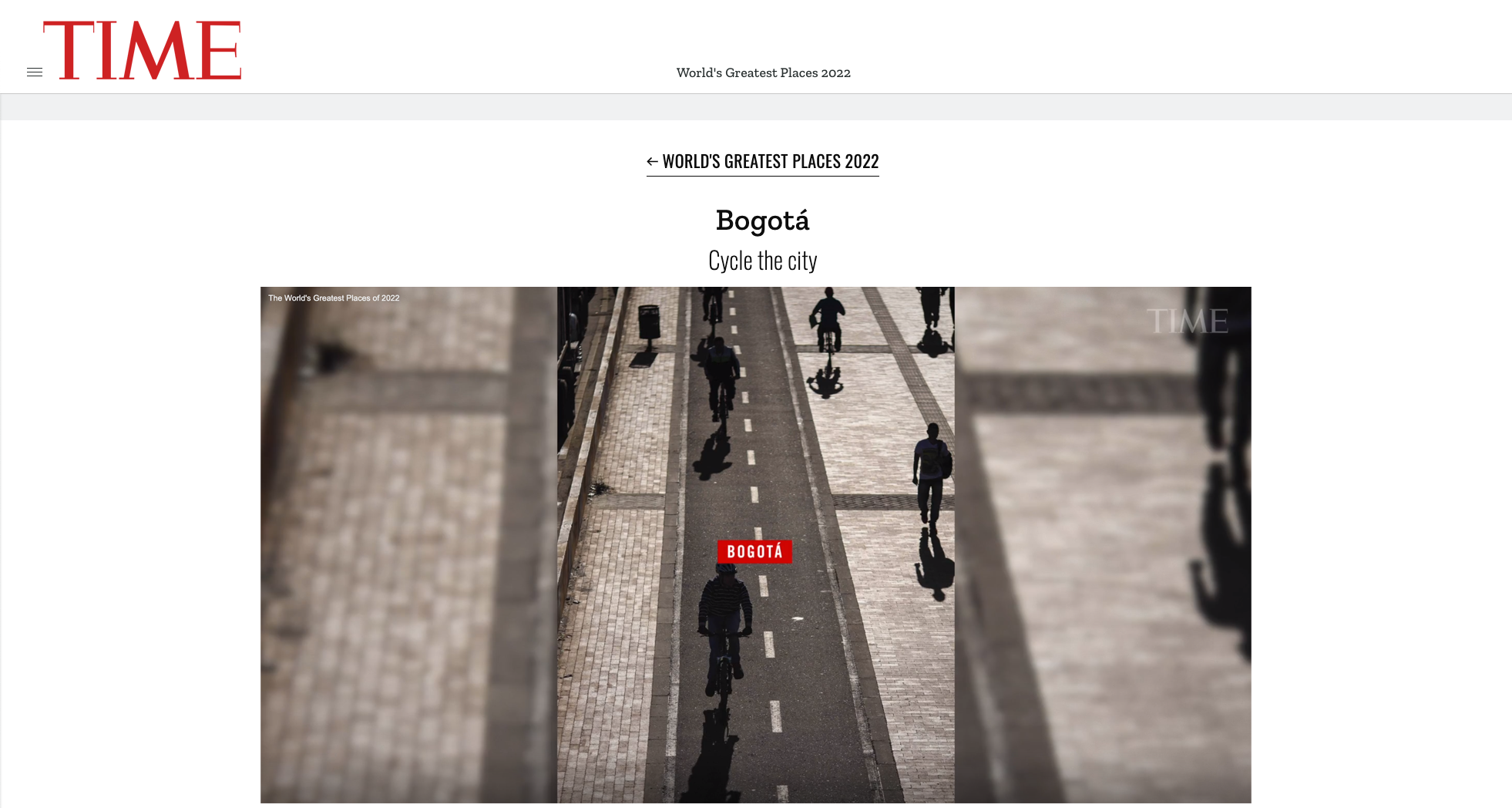This year marks the 484th anniversary of the founding of the city of Bogotá, so it is the perfect time to discover a few curiosities that may interest you if you are visiting the Colombian capital for the first time.
Why is it called Bogotá?
The origin of the name of the city comes from the indigenous word Bacatá that means "(enclosure) outside the farmfields", which was used for a Muisca and Chibcha indigenous settlement that was located on the western side of the Funza River (Bogotá River) at the time of the Conquest and that over time was adopted as the official name of the capital.
The two Bogotás
The name 'Bogotá' belonged mainly to the indigenous settlement while 'Santafé' was the town of Spaniards, one to the right and the other to the left of the current Bogotá River, respectively. However, for the city’s founding in 1538 the name was appropriated by the current Bogotá and a decision was made later to rename the old indigenous territory as Funza.
The city with rivers in its streets
Although it may not seem like it at first glance, the city of Bogotá has a wide variety of rivers and streams that cross its streets. One example is the San Francisco River that rises in the Cruz Verde moorland, descends from the Monserrate hill, and upon reaching the city was channeled to advance underground. A part of the river can still be seen when walking along the Environmental Axis on the current Jiménez Avenue.
The neighborhood named after a shoemaker
Chapinero is the name of both a well-known and visited borough and neighborhood in the city and is named after a shoemaker who lived in the area. At the beginning of the 19th century, the sector was still known as Vilorio, but it was due to Antón Hero Cepeda, a shoemaker at the time who specialized in special footwear called 'chapín', who little by little transformed the name of the sector thanks to people who sought him out looking for their own “Chapín-Hero”.
The historic cathedral that has been rebuilt four times
In the heart of the Historic Center, in front of the Plaza de Bolívar, you can find the Metropolitan Cathedral Basilica of Bogotá and Primate of Colombia, a construction that not many know has been rebuilt on several occasions.
It was originally built in 1553 out of mud and had a thatched roof, but collapsed in 1560. It was later rebuilt to fall again in 1785 and 1805 due to earthquakes. It was finally rebuilt one last time under the direction of the architect and priest Fray Domingo de Petrés in 1807 to continue standing as it is known today.
